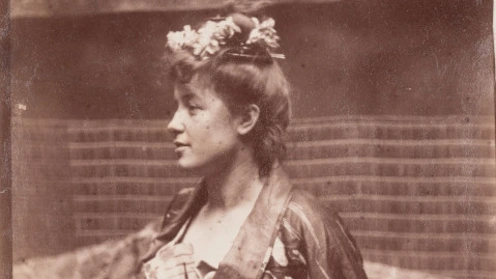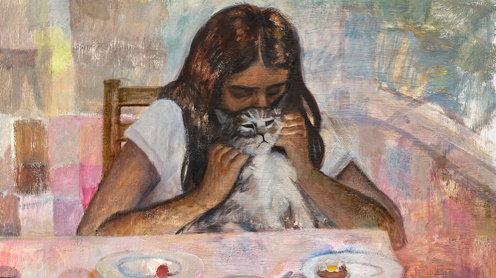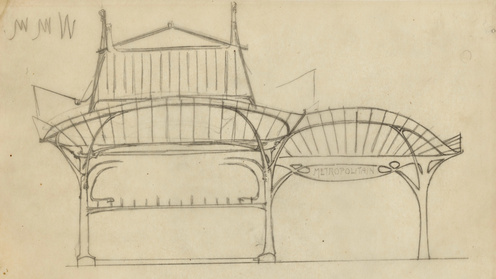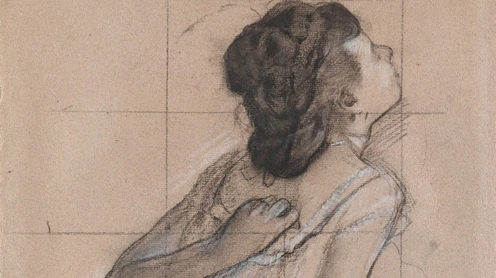Edward Burne-Jones (1833-1898) A Master of the Imaginary
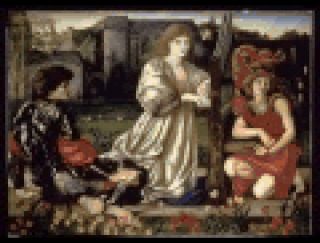
1998 marked the centenary of the death of Edward Burne-Jones (Birmingham 1833-Fulham 1898), an essential figure in English art at the end of the nineteenth century. To commemorate this event, the Metropolitan Museum of Art in New York, the Birmingham Art Gallery, the Musée d'Orsay and the Réunion des musées nationaux have organised an important exhibition devoted to this artist which, after being held in New York and Birmingham, is now in Paris.
The first great international retrospective dedicated entirely to this artist, the exhibition at the Musée d'Orsay presents, in chronological order and according to theme, every aspect of the work of Burne-Jones : not only his paintings and graphic art, but also designs for tapestries, stained glass, furniture and jewellery as well as book illustrations. Thanks to the exceptional works loaned, in particular by prestigious British museums and by many private collectors, all Burne-Jones's most famous creations are on display, while the visitor will also be able to discover some rarely-seen works.
The prominent place occupied by Burne-Jones in the art world of his day is explained by the ambition and diversity of his creations. Though he began his career as the leading figure of the second generation of Pre-Raphaelites, Burne-Jones rapidly acquired personal and original means of expression which make him one of the great forerunners of European fin-de-siècle symbolism.
His artistic vocation took a decisive turn when he met William Morris in Oxford, where they were both theological students at Exeter College. In 1855 they decided together to devote themselves respectively to painting and to decorate art. Apart from some casual lessons he had received from Rossetti, Burne-Jones was self-taught. During the early part of his career (1856-1862), he produced above all drawings and watercolours of romantic and literary inspiration (Sidonia von Bork, London, Tate Gallery ; The Merciful Knight, Birmingham Art Gallery). Encouraged by Ruskin, who accompanied him on his second journey to Italy in 1862, he then began to develop a more individual style, where the influence of Rossetti intermingles with references to masters of the Renaissance and the Classical age (The Lamentation , London, William Morris Gallery ; Le Chant d'amour, New York, Metropolitan Museum of Art).
Next
L'exposition est maintenant terminée.
Voir toute la programmation
